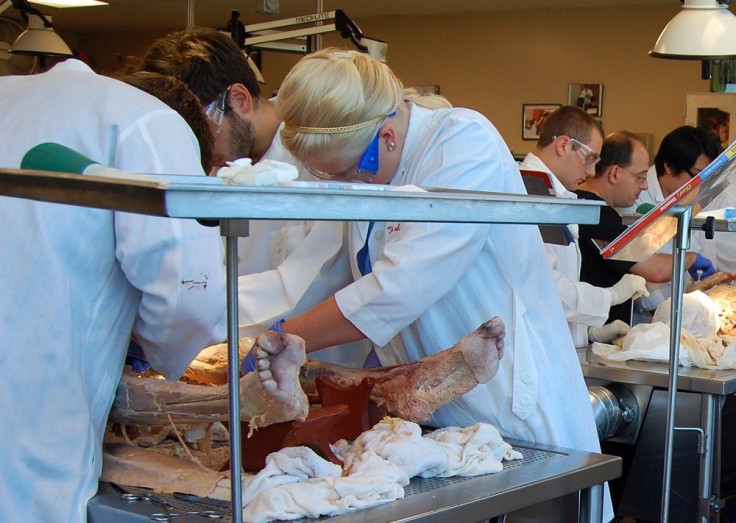3D Printed Anatomy Guides Could Revolutionise Medical Training

All budding doctors are required to go through countless hours of medical training to become a licensed practitioner. During their rigorous training, it is natural for medical students to learn about the intricacies of the human anatomy by examining cadavers. However, the preservation of cadavers is now illegal in some parts of the world, limiting the scope of research for students.
As a solution, Australian researchers have come up with 3D printed anatomy guides. Scientists at Australia’s Monash University aim to change the way medical subjects are taught by releasing their own 3D Printed Anatomy Series, a set of human body parts with replicas of human tissue. Researchers from the university teamed up with Erler-Zimmer GmbH, an anatomical model maker, to design and create the 3D printed anatomy guides.
Professor Paul McMenamin and his team from the Monash University Centre for Human Anatomy wanted to change the way medicine was taught through these models. Students have always relied on donated cadavers, and due to some legal restrictions, some universities have resorted to purchasing plastic models that cost hundreds and thousands of dollars. Professor McMenamin said that many medical schools around the world report a shortage of cadavers or find the storage methods too expensive.
“We believe our kit will revolutionize learning for medical students by enabling them to look inside the body and see the muscles, tendons, ligaments, and blood vessels. At the moment, it can be incredibly hard for students to understand the three-dimensional form of human anatomy, and we believe this kit will make a huge difference – a sort of textbook if you like,” said McMenamin.
All the 3D printed models were fabricated based on laser scans, CT scans and MRI imaging data. These models include several parts and formations of the human tissue that would be impossible to see in an embalmed cadaver. The body parts can be 3D printed, using a plaster-like powder or in plastic for high resolution with accurate colours. The structures were meticulously examined and checked by a team of anatomists from Monash. Since these models do not contain actual human tissue, they are not subject to any restrictions, laws, or licensing.
3D printing is, indeed, an innovative technology in medical history. Since2014, the number of patients receiving 3D printed titanium implants continues to grow. From titanium jaws to heels, the technology has been giving second chances to patients who used to have incurable conditions.
With all of these, it is safe to assume that the demand for high quality titanium for the medical sector will continue to rise. In order for the 3D printing technology to be sustained, developing mines such as White Mountain Titanium Corporation (OTCQB:WMTM) are conducting mining explorations to find new deposits that can ensure a steady supply of titanium in the near future.
Situated on a titanium-rich deposit in Santiago, Chile, White Mountain Titanium’s Cerro Blanco project is on its way to produce 112 million tonnes of high-grade rutile. During the first four years of the mine’s production, the company sees a production rate of 80,000 tonnes of rutile annually.
To contact the writer, email: vittoriohernandez@yahoo.com





















